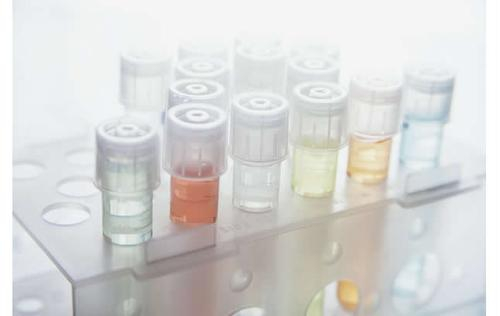

1. Reagent preparation 1. SDS-PAGE reagent: see polyacrylamide gel electrophoresis experiment. 2. Homogenization buffer: 1.0 M Tris-HCl (pH 6.8) 1.0 ml; 10% SDS 6.0 ml; β-mercaptoethanol 0.2 ml; ddH2O 2.8 ml. 3. Transfer buffer: Glycine 2.9 g; Tris 5.8 g; SDS 0.37 g; methanol 200 ml; add ddH2O to make up to 1000 ml. 4. 0.01 M PBS (pH7.4): NaCl 8.0 g; KCl 0.2 g; Na2 HPO4 1.44 g; KH2PO4 0.24 g; add ddH2O to 1000 ml. 5. Membrane staining solution: Coomassie brilliant blue 0.2 g; meth
Learn more >>
Immunoblotting, also known as Western blotting, is a method for detecting a certain protein in complex samples based on the specific binding of antigen and antibody. This method is a new immunobiochemical technology developed on the basis of gel electrophoresis and solid-phase immunoassay technology. Western blotting has become a routine technique for protein analysis due to the high resolution of SDS-PAGE and the high specificity and sensitivity of solid-phase immunoassays. Western blotting is
Learn more >>
According to the regulations of the Ministry of Health, the HIV antibody positive report must be issued by an HIV antibody confirmation laboratory certified and qualified by the Ministry of Health to have legal effect. The most commonly used HIV antibody confirmation experimental method is Western blotting (Western Blot, WB). Evaluation of HIV antibody confirmation test results: The results of immunoblotting test are based on the different band types appearing on the specific HIV antigen positio
Learn more >>